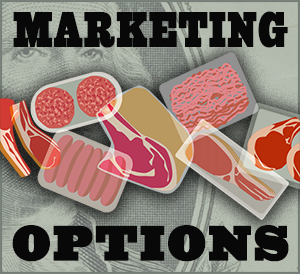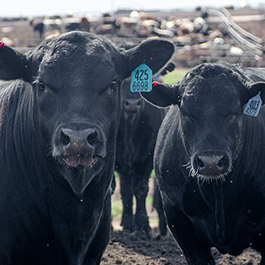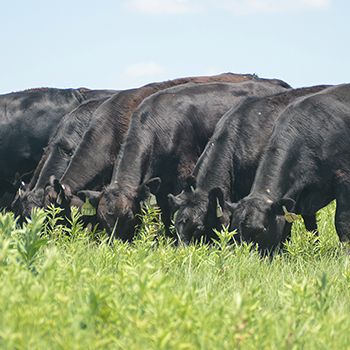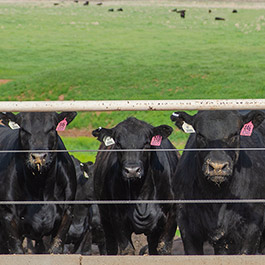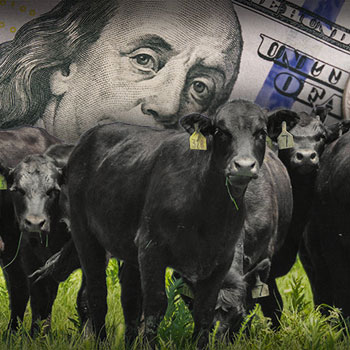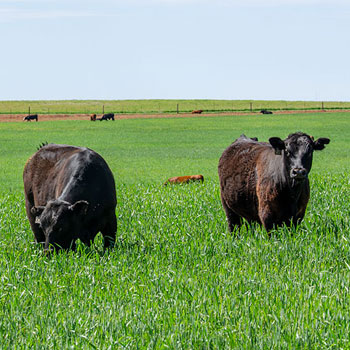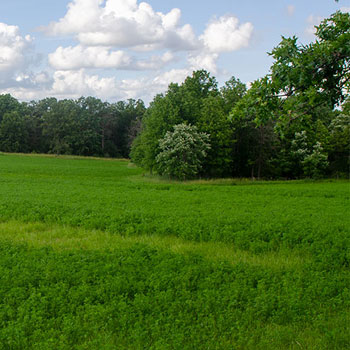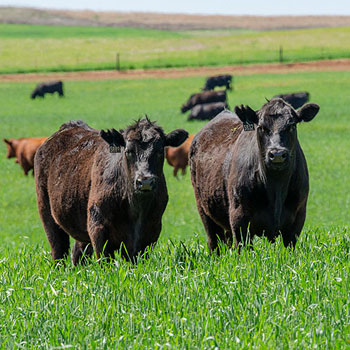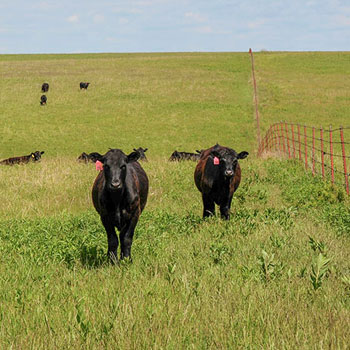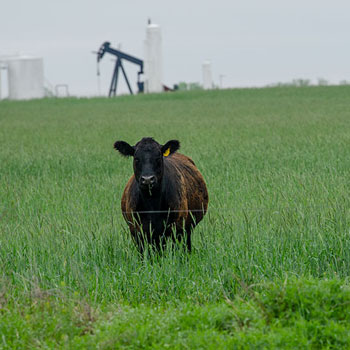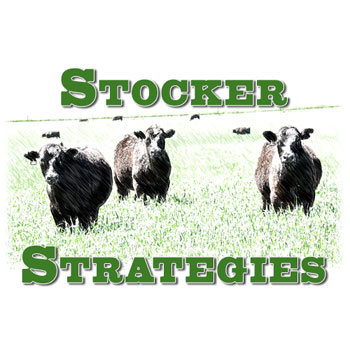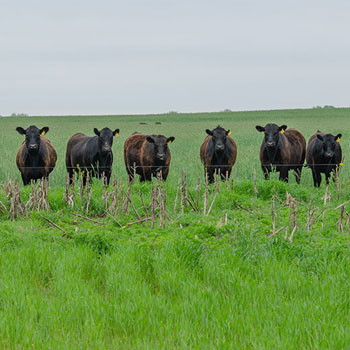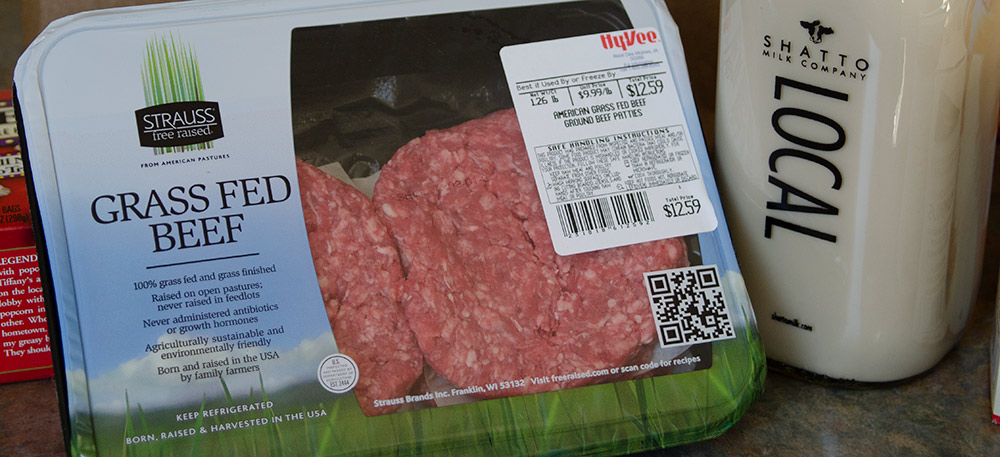
Humane Standards and GAP Certification for Beef Products
Options for the different process-verification programs listed.
Today there are a growing number of premium-based markets for cattle, including natural, grass-fed and organic. Most specify that the animals be raised humanely. Many consumers are interested in where their meat, milk and eggs originate and how the animals were tended. They want certification assuring that the animals had good quality of life.
European livestock production has included these types of programs for a long time. In the past 20 years, North American livestock industries started coming on board with various programs. Humane Farm Animal Care was founded in 2003, and many branded-beef programs now have a certification process for their producers.
Wes Killion, president and COO for Beef Northwest, oversees all of the company’s feedyard operations in Washington and Oregon.
“We finish cattle for Country Natural Beef,” he says. “We have a pasture-raised program which adheres to GAP (Global Animal Partnership) standards for GAP 4. We also have a GAP 1 program for confined cattle.”
Beef Northwest has been finishing cattle for Country Natural Beef since the 1990s.
“In 2005 we saw a tremendous growth opportunity in natural beef and enrolled in Progressive Beef — a process-verification program. It outlined all feedyard procedures from the time the cattle arrive, all the way through harvest,” explains Killion.
Then Whole Foods asked him to adopt the company’s GAP standards, focused around animal husbandry, he says. “They had various steps, and we went through that process and became GAP-certified feedlots to comply with Country Natural Beef.”
Beef Northwest also obtained certification from Tyson that involves a third-party audit from Farm Check. This is similar to Certified Humane — the labeling on products that go through Humane Farm Animal Care. IMI Global (subsidiary of a company called Where Food Comes From) was one of the auditing companies for GAP, but as of December 2019, GAP audits are now done through EarthClaims — which now also partners with AngusLinkSM.
It is essential for certifications to have third-party verification, says Killion. “Our GAP audits, Progressive Beef Audits and Farm Check audits are all third-party certified. Many of the practices they want to audit or have concerns about are things our producers are already doing. They simply need more recordkeeping.”
It’s fairly easy for most producers to fit into one of these programs. “Some requirements are mandatory,” notes Killion. “Tyson expects all their large producers to be in compliance, and at some point, all their small producers will also have to go through this process.”
Many producers already raise cattle humanely, using low-stress handling, etc. However, Killion says there are a few things that may require adjustments, including predator control. Certain certification programs only allow ranchers to target individual predators proven to be a threat — not just any predator on the farm or ranch. Age at castration and age at weaning are also specified.
“There’s a tight window regarding when you do that,” he says.
Calves must be castrated young, and weaned no earlier than 6 months, he adds.
“In some operations it may be difficult to get all the calves in and branded/vaccinated/castrated early enough, and in some parts of the country producers wean earlier than 6 months because of pasture conditions,” he says.
The GAP folks do allow producers to apply for deviations if their operation can’t completely conform to certain standards. As an example, there are requirements for range management, but in extreme drought, you may need to feed your cows or confine them.
If a producer can meet the requirements and become certified, there is opportunity for additional profit that more than covers costs and efforts for compliance. This is a consumer-driven market; if producers can supply what consumers want, many consumers are willing to pay more.
“Many restaurant and supermarket chains are moving forward with this. If you have some type of process verification, you will be rewarded for it — monetarily or by access to markets, or just improvement in management,” Killion says.
Traceability is another important piece of the certification process. Killion says traceability allows everyone to understand the history of the animal all the way through the process, and also helps in disease traceability. Traceability and antibiotic-use scrutiny are currently getting a lot of traction.
Editor’s note: Heather Smith Thomas is a freelance writer and cattlewoman from Salmon, Idaho.
